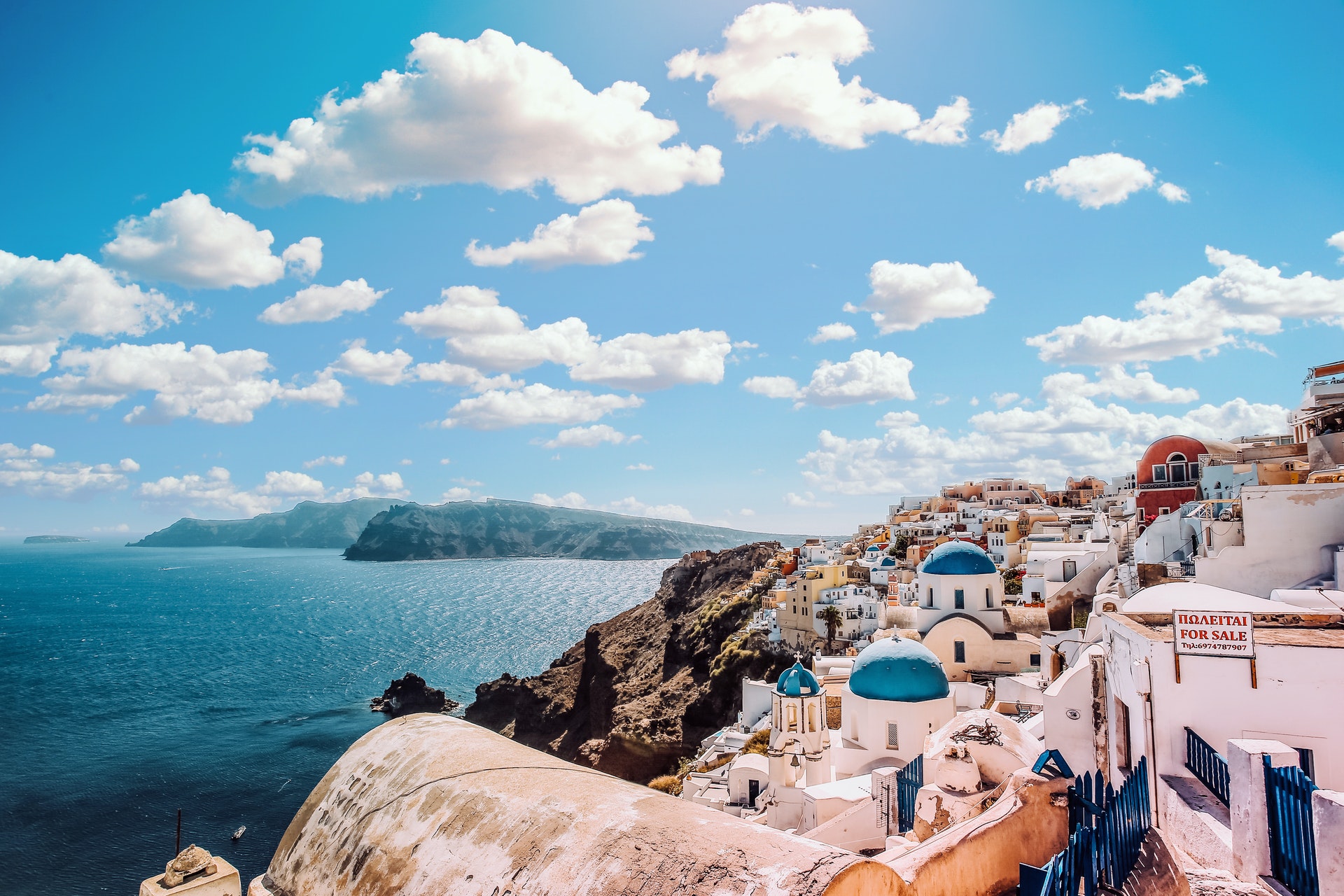Santorini is a supermodel of the Greek islands, a thug whose face is instantly recognizable all over the world: colorful rocks fly out of a volcanic crater sunk in the sea, topped by white buildings.
With its reputation for amazing panoramas, romantic events and volcanic sand beaches, it is not surprising that Santorini is on the wish lists of many travelers. There is no denying the uniqueness of this place or its great attractiveness: the island receives 2 million visitors annually, which makes some wonder whether Santorini has become a victim of excessive tourism.
If you are planning to join the crowd, here’s what you need to know before your first trip to Santorini.
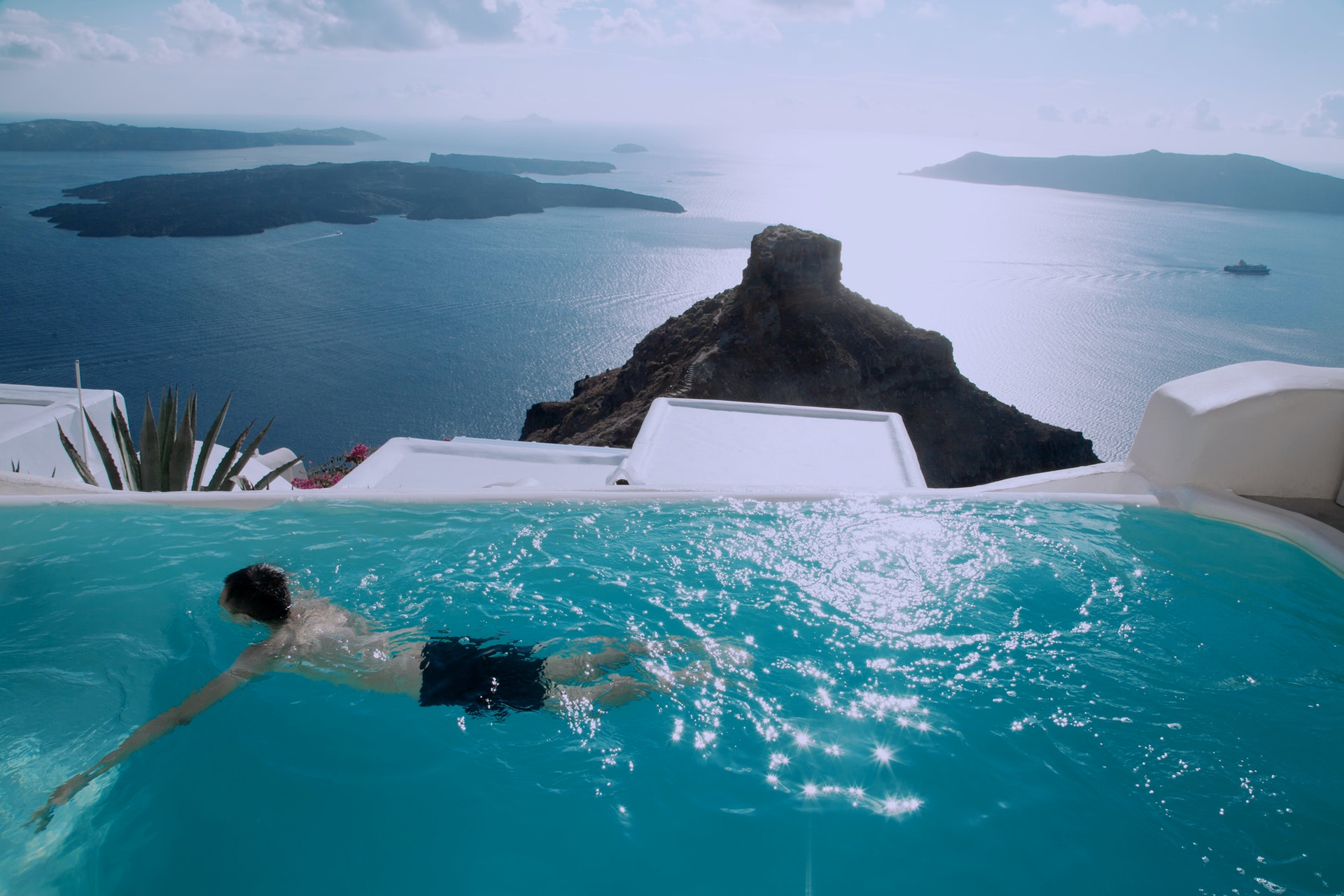
Meet Santorini
Part of the Cyclades group of islands, Santorini (officially known as Thira, the name that encompasses volcanic islands within the orbit of Santorini) is located in the Aegean Sea, about halfway between Athens and Crete. The island is croissant-shaped, and neighboring islands suggest that Santorini was once round. He was known as Strong (Round). Thousands of years ago, due to a huge volcanic eruption, the center of Strong sank, leaving a caldera (or crater) with high cliffs along the east side, which are now the hallmark of Santorini.
What part of Santorini should I visit?
Santorini’s commercial development is centered on the cliffs at the edge of the caldera in the west of the island, with large clusters of whitewashed buildings nesting at dizzying heights that descend the cliffs and offer breathtaking views from land or sea. Fira, the lively capital of the island, stretches north, due to the villages of Firostefani (about 15 minutes walk from Fira) and Imerovigli (the highest point on the edge of the caldera, about 30 minutes walk from Fira). The road that passes through these villages is dotted with luxury hotels, restaurant terraces and endless opportunities for photography.
These three combined settlements attract most visitors along with the stunning and quite exclusive village of Oia in northern Santorini. In the south of the island is growing number of hotels overlooking the caldera in the north and northeast. Views on Akrotiri are cheaper than on Yiu, but it’s far from the hustle and bustle of Fira.
The east coast of Santorini is less well known than the famous elevated west coast. Here, the heights at the edge of the caldera fall to sea level, and beaches and resorts with volcanic sand offer completely different opportunities. East coast resorts such as Camari and Perissa have a more traditional (and more affordable) holiday on the island: beaches with sun loungers, water sports, bars and promenades with taverns. The beaches of the east coast are covered with black sand. On the south coast there are a number of beaches famous for their colorful sand. The beautiful Red Beach is a favorite place of travelers.
The interior of the island is dotted with vineyards and traditional villages that allow you to look beyond the hustle and bustle of tourism. Make a stop in Pyrgos to eat deliciously and stroll through the charming streets.
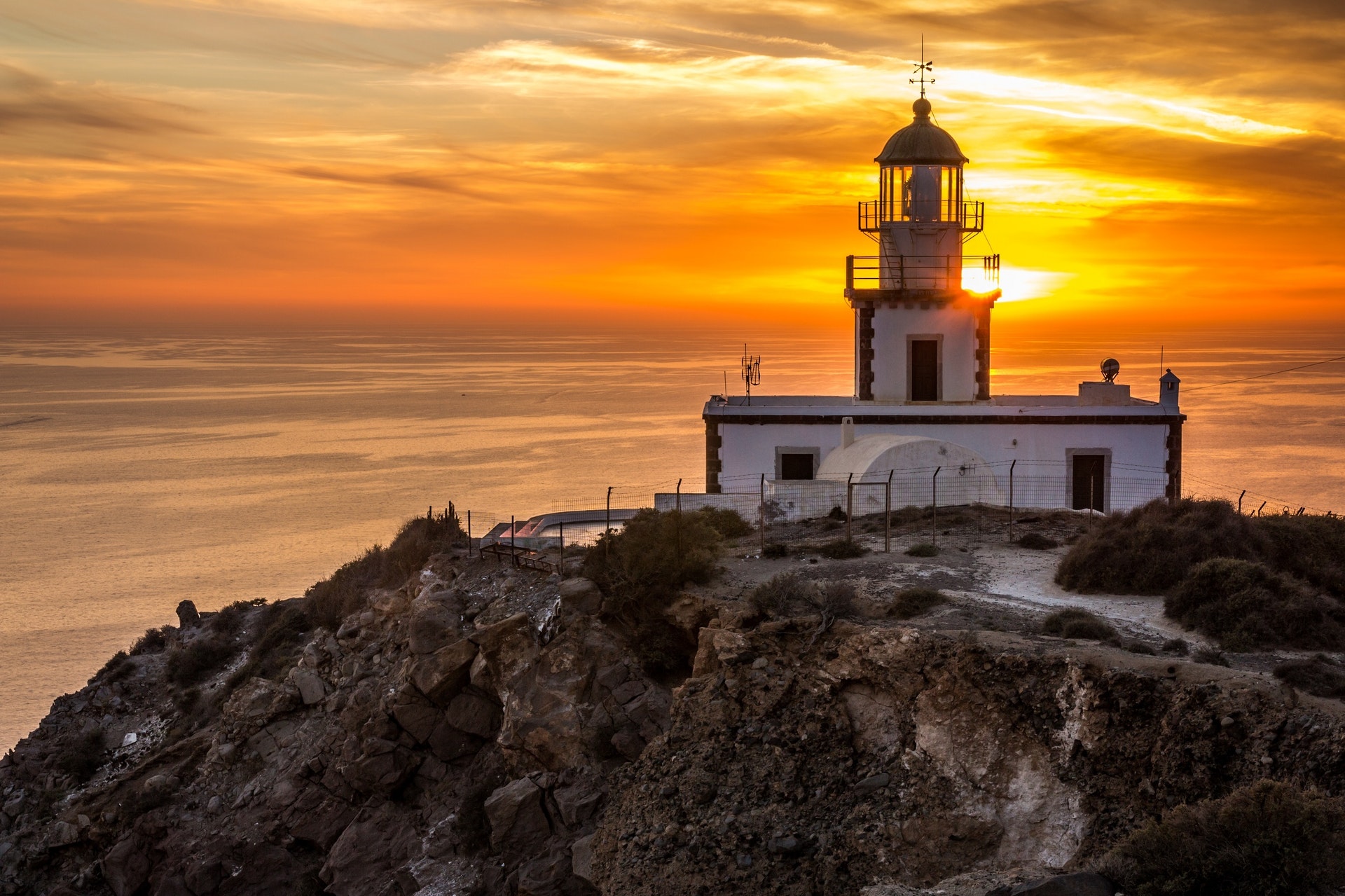
What to do on Santorini
Of course, the views of Santorini will stop you on the road, and you will get a great idea of how celebrities travel, but there is much more interesting: from a wonderful open-air cinema to a cool brewery, wine caves decorated with works of art, and culinary demonstrations and classes , dedicated to the growing gourmet culture of Santorini.
The obvious activity on Santorini is to walk along the edge of the caldera and admire the views. Walking around Fira and its surroundings is impressive, especially if you head north to Firostefani and Imerovigli along a path near the edge of the caldera. Keep going and you will eventually reach Ia, but keep in mind that this is not an easy task and the path to Imerovigli can be difficult. In total it is about 9 km and a good four hours walk in one direction.
A wonderful dry white wine Santorini is an amber-colored dessert wine known as Vincento. Both are made from local Assirtico grapes. About a dozen local vineyards host tastings (usually for a small fee), and some offer food, with a wonderful mix of scenery and local produce. Start an investigation at SantoWines.
Santorini’s intrigue has its roots in the distant past: the magical place of Akrotiri depicts a Minoan city destroyed by a volcanic eruption in 1613 BC. In the fire, the impressive Museum of Prehistoric Terra helps to bring together the history of ancient Akrotiri.
The work of nature is demonstrated from anywhere on the waterfront at sunset, but the best view of the sunset on Santorini is in Oia, where thousands of tourists flock to admire the night.
Any tour you wish can be arranged, and there are dozens of agencies ready to help with visiting wineries, archeological tours, event supervision and more. The most popular option is a cruise. The classic route passes through the volcanic islands of the Nea Kameni and Palia Kameni calderas, including a stop at the crater of the first and the hot springs of the second.
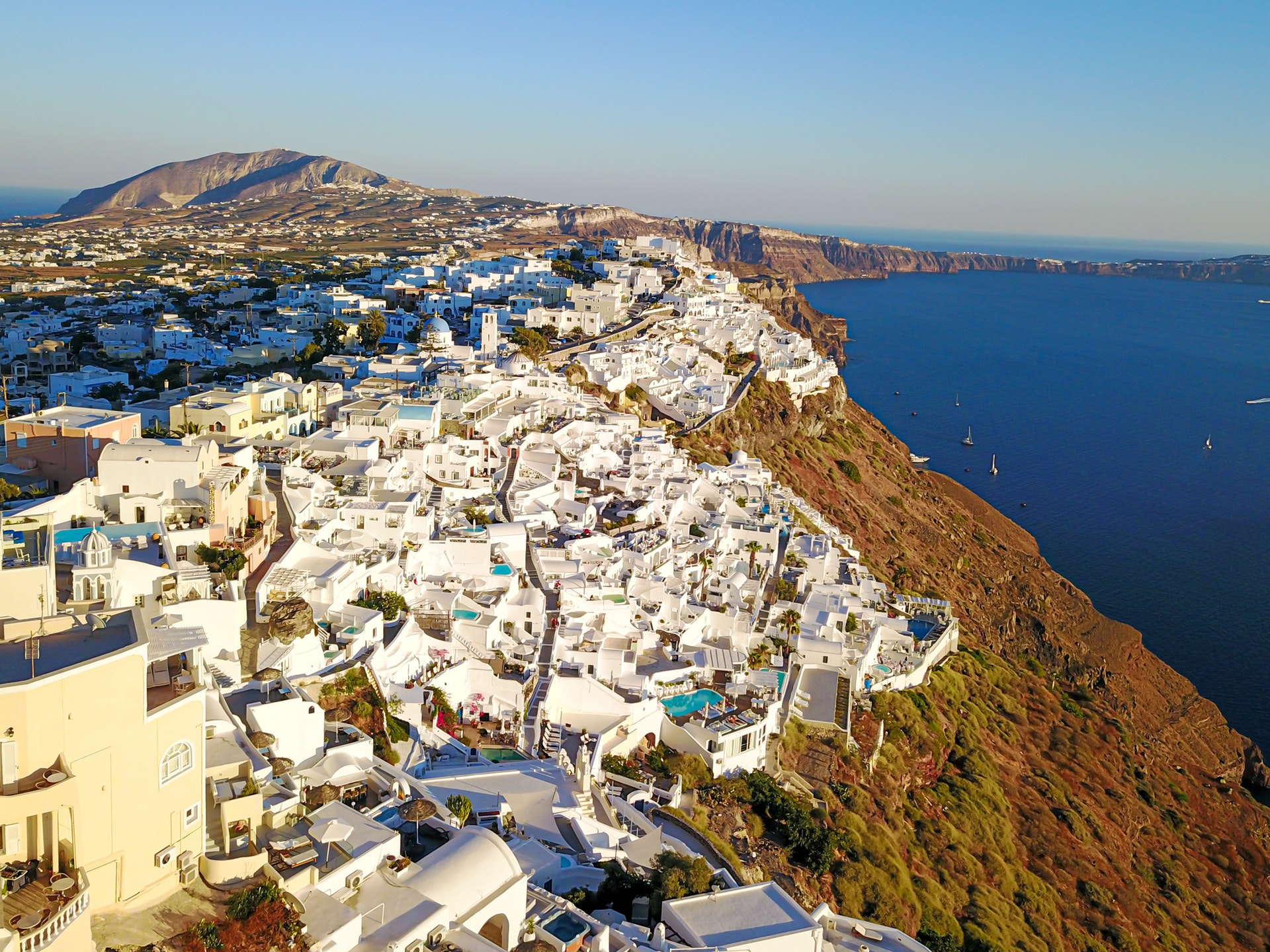
Where to stay in Santorini
If you can afford it, those who first came to Santorini should stay on the edge of the caldera to experience the full “wow” factor. Fira, Firostefani, Imerovigli and Oia have hotels and villas with whitewashed interiors, terraces and infinity pools that have inspired hand and heart offerings, haute couture photo shoots and many Instagram posts. Unfortunately, in these places arranged by species, there are few for travelers with a limited budget: housing with a view of the caldera is expensive and in great demand.
These variants of the midrange are in Fira and Firostefan (rarely in Imerovigli and Oia), far from the panoramas of the first row. There is also a great hostel and budget campsite on the outskirts of Fira.
If you are more interested in a beach holiday or entertainment, stop in Perissa or Camara (and take a bus to Fira). The advantage of this is some respite from the crowds of tourists in the caldera and more affordable prices.
When to go to Santorini
The peak travel time on Santorini is July and August, when prices rise and hotels, observation decks and beaches are crowded with tourists. The best times to visit are April, May, early June, late September and October. At the edge of the caldera is a little quieter, and on the east coast – much quieter.
Do not discount the winter holidays, when the crowds are small, prices are low, and the scenery is still breathtaking. Santorini is working to position itself as a place to relax all year round.
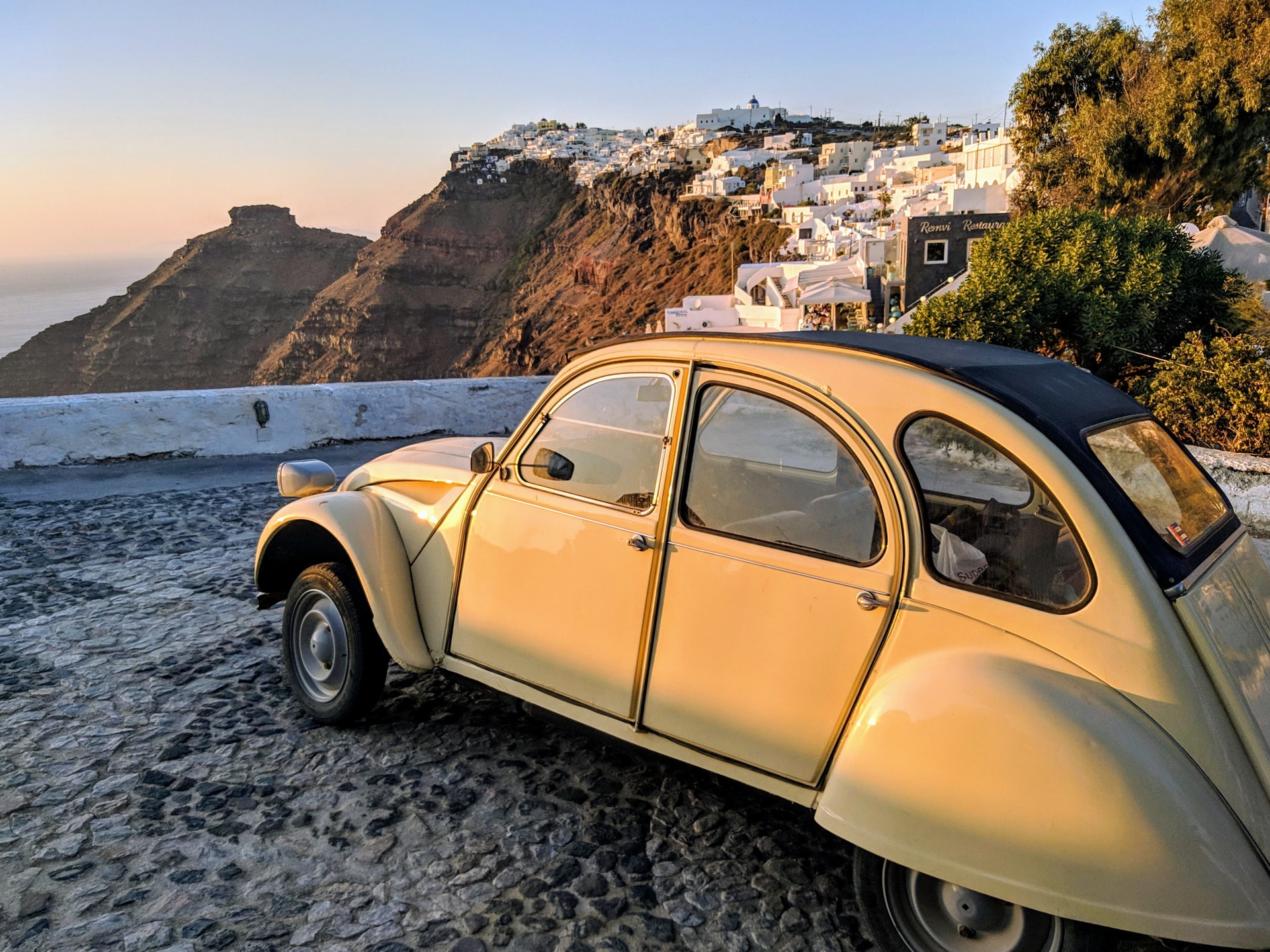
How to get to Santorini
Frequent ferries and high-speed catamarans connect Santorini with the main port of Athens Piraeus, Crete and various Cycladic islands. Check out the ferry schedule in OpenSeas. Santorini Airport has a year-round flight with Athens, and in summer – with Europe. The island has a good bus service, if crowded in summer. Many companies offer cars, mopeds and ATVs for rent.

